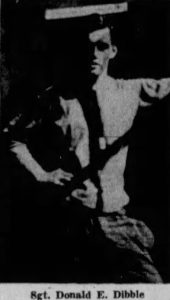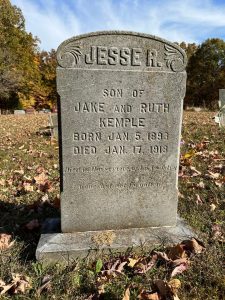
Donald Edward Dibble, age 24, from New Haven County Meriden, Connecticut .
Service era: Korea
Schools: Meriden High
Date of death: Unknown
Death details: By mid-November 1950, U.S. and Allied forces had advanced to within approximately sixty miles of the Yalu River, the border between North Korea and China. On November 25, approximately 300,000 Chinese Communist Forces (CCF) “volunteers” suddenly and fiercely counterattacked after crossing the Yalu. The 2nd Infantry Division, located the farthest north of units at the Chongchon River, could not halt the CCF advance and was ordered to withdraw to defensive positions at Sunchon in the South Pyongan province of North Korea. As the division pulled back from Kunu-ri toward Sunchon, it conducted an intense rearguard action while fighting to break through well-defended roadblocks set up by CCF infiltrators. The withdrawal was not complete until December 1, and the 2nd Infantry Division suffered extremely heavy casualties in the process. Sergeant Donald Edward Dibble, who joined the U.S. Army from Connecticut, served with the Headquarters and Headquarters Services Company, 2nd Engineer Combat Battalion, 2nd Infantry Division. He was taken captive on November 30, 1950, during his unit’s attempt to fight through a heavily defended enemy roadblock near Kunu-Ri, North Korea. Repatriated prisoners of war (POWs) later reported that SGT Dibble died on or before January 31, 1951, while in an aid station at the “Mining Camp” POW facility in North Korea. He was buried nearby, but his remains were not among those returned from this area after the ceasefire, and he is still unaccounted-for. Today, Sergeant Dibble is memorialized on the Courts of the Missing at the National Memorial Cemetery of the Pacific.
Source: National Archives, Defense POW/MIA Accounting Agency, Record Journal (1953)


